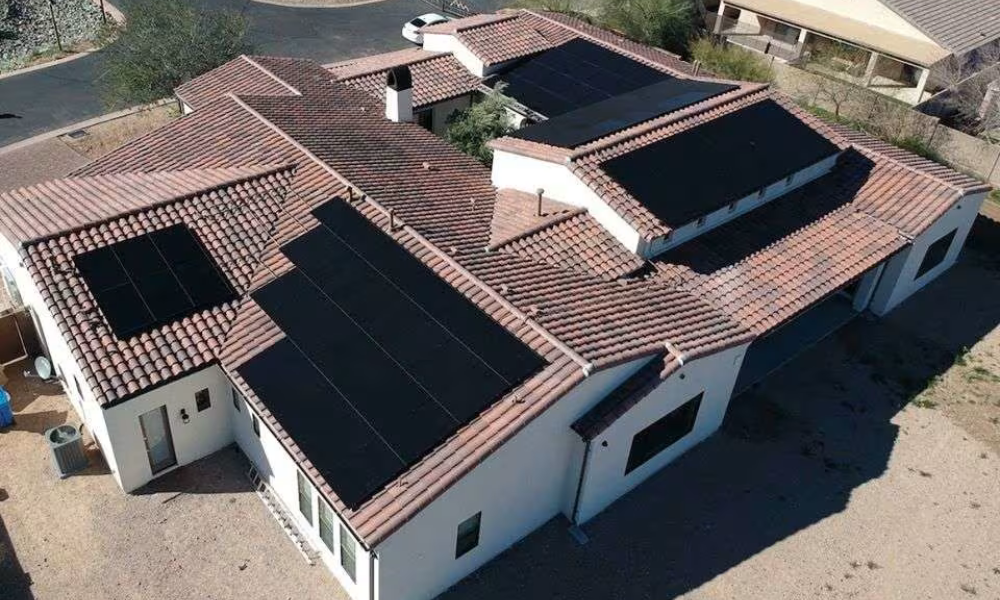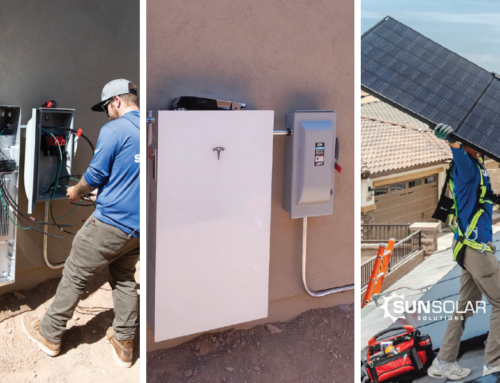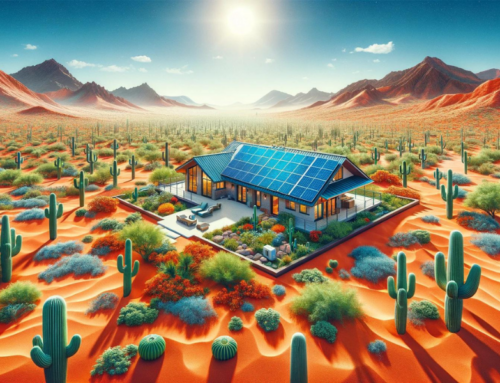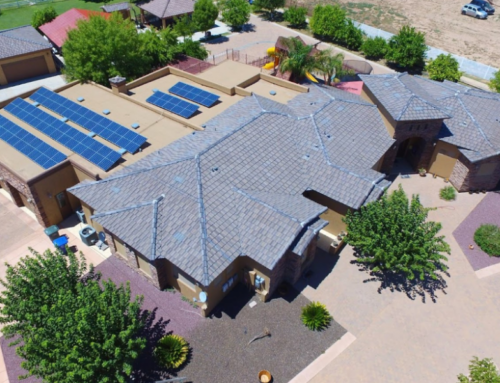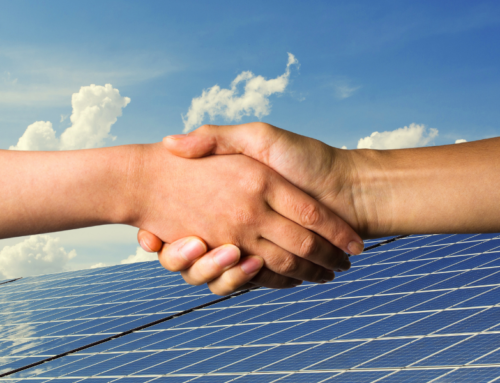In late August, the clean-energy community in Arizona gasped and breathed a sigh of relief in quick succession. A top official in the industry’s regulator proposed and then, in the face of public outrage, backed off from an extreme and abrupt cut to the solar export rate, which compensates owners of solar systems for the power they supply to the grid.
At an official hearing of the Arizona Corporation Commission on Aug. 24, Commissioner Nick Myers withdrew his proposal to cut the solar-energy purchase rate by 37 percent, which he had filed a mere 48 hours before, to the shock and dismay of green-energy supporters.
The measure, which would have suddenly overturned a deal struck in 2017 to limit yearly reductions of the export rate to 10 percent, would have been a devastating blow to rooftop solar power in Arizona.
Arizona’s rooftop solar industry was sweating buckets. But it was only a respite; the commission only tabled the issue, leaving it to be discussed further on October 3.
Since harmful changes to the export rate still loom on the horizon, we thought it would be a good use of this space to clear up the confusion and misinformation around green energy. Then, we’ll talk about the tricky situation these new developments leave us in as solar-energy investors and suppliers.
Myers bases his proposal on the common but misconceived notion that the export rate constitutes a “subsidy” of some kind to owners of rooftop solar. But as solar advocates have pointed out, what APS is paid retail and what it pays on a wholesale basis to other power suppliers (which mainly pump out greenhouse gases in addition to electricity) regularly exceeds the amount paid to owners of rooftop systems for their power, sometimes by a factor greater than ten.
“An APS customer installing rooftop solar today gets $76 [per megawatt-hour] for excess via the [buyback rate] while paying to APS $107 [per megawatt-hour] off-peak and $290 [per megawatt-hour] on peak,” wrote Court Rich on X (formerly Twitter), an attorney who advocates for solar companies. “Yet in July, APS regularly purchased wholesale power during the day at $200 and even up to $900/MWh. The RCP is a good deal, not a subsidy!”
The consistent use of the term “subsidy” reflects an ingrained misunderstanding on the part of commissioners about not just the financial math but about the nature of the relationship between utilities and solar-system owners, said Val Berechet, CEO of Sunsolar Solutions.
As Berechet has argued, solar customers have invested their own wealth into their systems, just like a power-plant owner, and seek to recoup that risky investment by selling it to the power distributor at a not-so-generous price, just like a power-plant owner. Therefore, the money they earn should be understood similarly to how we understand the money paid to a power plant: as a fair (actually quite minimal) payment on a good supplied and as a return on a risky investment, not as a “subsidy.”
Some perspective on subsidies is in order. We all have to pay subsidies to the established energy industries in America—that is, the ones that have been spewing climate-destabilizing gases into the atmosphere for the past few centuries, making clean energy necessary in the first place.
Myers said at the August meeting that the solar industry is no longer an infant industry and should “stand on its own two feet.” He should tell that to the shareholders of the oil, gas, and coal corporations that continue to collect lavish public subsidies in the form of century-old tax breaks to the tune of about $20 billion a year, with a fifth of that going to coal and 80 percent going to natural gas and crude oil, according to the Environmental and Energy Study Institute.
In fact, he might do well to remind himself once in a while about his own stated opposition to public subsidies for mature energy industries. In January, he voted for an “extension line allowance” for Southwest Gas, which imposes increased fees on existing customers to pay for a new natural gas line, according to a report by 12 News. He justified that decision by pointing to the status quo, calling the deal “similar to line extension agreements virtually all utilities have.”
You may be wondering what that has to do with his principled opposition to subsidizing mature industries, which should “stand on [their] own two feet.” If so, we can’t help you there. Elected officials are expected to change the status quo to align it with their stated principles, not surrender to it with a shrug.
Let’s turn back to the issue at hand, the upcoming meeting. There is essentially zero chance that the commission will immediately act on Myers’ idea and cut the buyback rate by more than 10 percent on Oct. 11, in contravention of the 2017 agreement. But we have to acknowledge that by reopening the discussion that was supposedly resolved in 2017, the commission is embarking on a path that could take Arizona backward, not forwards, in the state’s journey toward clean energy.
Berechet sees the potential for changes affecting not just prospective new investors in solar but also current system owners, ones who “locked in” their export rates by going solar before one of the commission’s yearly deadlines.
“There’s a slight chance that the deal in place for current system owners could be taken away,” Berechet said. “The whole thing could be wiped clean with a new program. The precedent could be overturned, and their investments could completely go down the drain.”
The newly aggressive stance by the state’s anti-solar forces, as signaled by Myers’ proposal, raises tricky questions of strategy for green-energy advocates. If pro-solar Arizonans try to counter the solar suppression strategy with a mirror image, going on the offense by arguing that compensation for exported solar should be higher, it could be taken as support for renegotiating the prior deal, possibly assuring a process that could end up squelching future development of solar energy in Arizona. Potentially at stake is not only changing the rules for homeowners who want to add solar to homes going forward but also for the over 100,000 Arizona homeowners who have already installed solar and were promised to be grandfathered in under certain rules.
“The jury’s out at this point about what we should do,” Berechet said. “Last meeting, we thought we would go there and would fight dropping the full ten percent. Essentially, Myers flipped it on us, and then we were begging for the ten percent.”
“It feels as if they changed the rules as if they’ve moved the goalposts,” he added.
For solar system owners, prospective owners, and supporters of the green-energy transition, the best approach is perhaps more simple and straightforward.
“I think they should show up, and they should speak out about their investment in solar and what the actual value of solar is,” Berechet said.
It’s not too late to secure your energy future. Call Sunsolar Solutions today at (602) 600-0411 to have a design prepared for your home free of charge.

